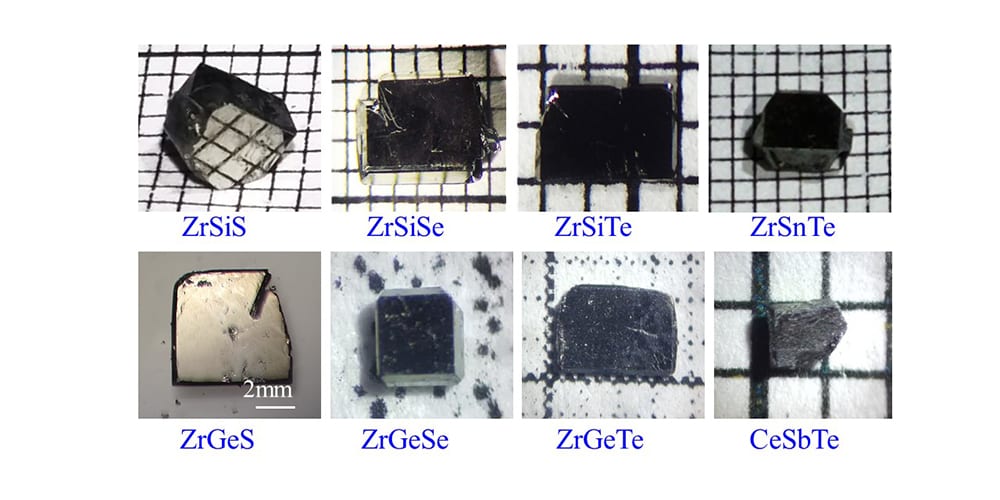U of A Partners With DoE, National Labs in New Field of Topological Materials

University of Arkansas physicists are exploring the new field of “topological quantum materials,” which are unusual in that they have a robustness of electrical properties regardless of temperature shifts or changes in structural form.
The research could lead to advancements in the fields of electronics, optoelectronics, quantum information and spintronics, or the use of a property of electrons called “spin” to record and store data. The researchers recently received a $750,000 grant from the U.S. Department of Energy to support this project.
Theories related to topological quantum materials were recognized with the Nobel Prize for Physics in 2016. These crystalline solids show evidence of unusual quantum particles. Previously, these particles could only be studied in high-energy particle accelerators. Their presence in these materials provide a new way for researchers to study them, and more easily investigate a number of fundamental concepts from high energy physics.
Topological quantum materials also display novel electronic properties. For instance, some of these materials, known as topological insulators, conduct electricity over their surface, but act as insulators everywhere else. A more thorough understanding of topological quantum materials could lead to a wide range of technological breakthroughs.
The U of A physics team is led by assistant professor Jin Hu and includes assistant professor Hugh Churchill and associate professor Salvador Barraza-Lopez. They are working with researchers from Argonne National Laboratory, Lawrence Berkeley National Laboratory, Los Alamos National Laboratory and Oak Ridge National Laboratory.
“We could not be more excited for this very talented young team of colleagues led by Dr. Jin Hu,” said Lin Oliver, chair of the Department of Physics. “They worked extremely hard on this proposal, both in a tough internal competition as well as in producing their winning grant proposal to the DOE. Solid support during this process from the Vice Chancellor for Research and Innovation and the Dean of the J. William Fulbright College of Arts and Sciences is also most appreciated.”



